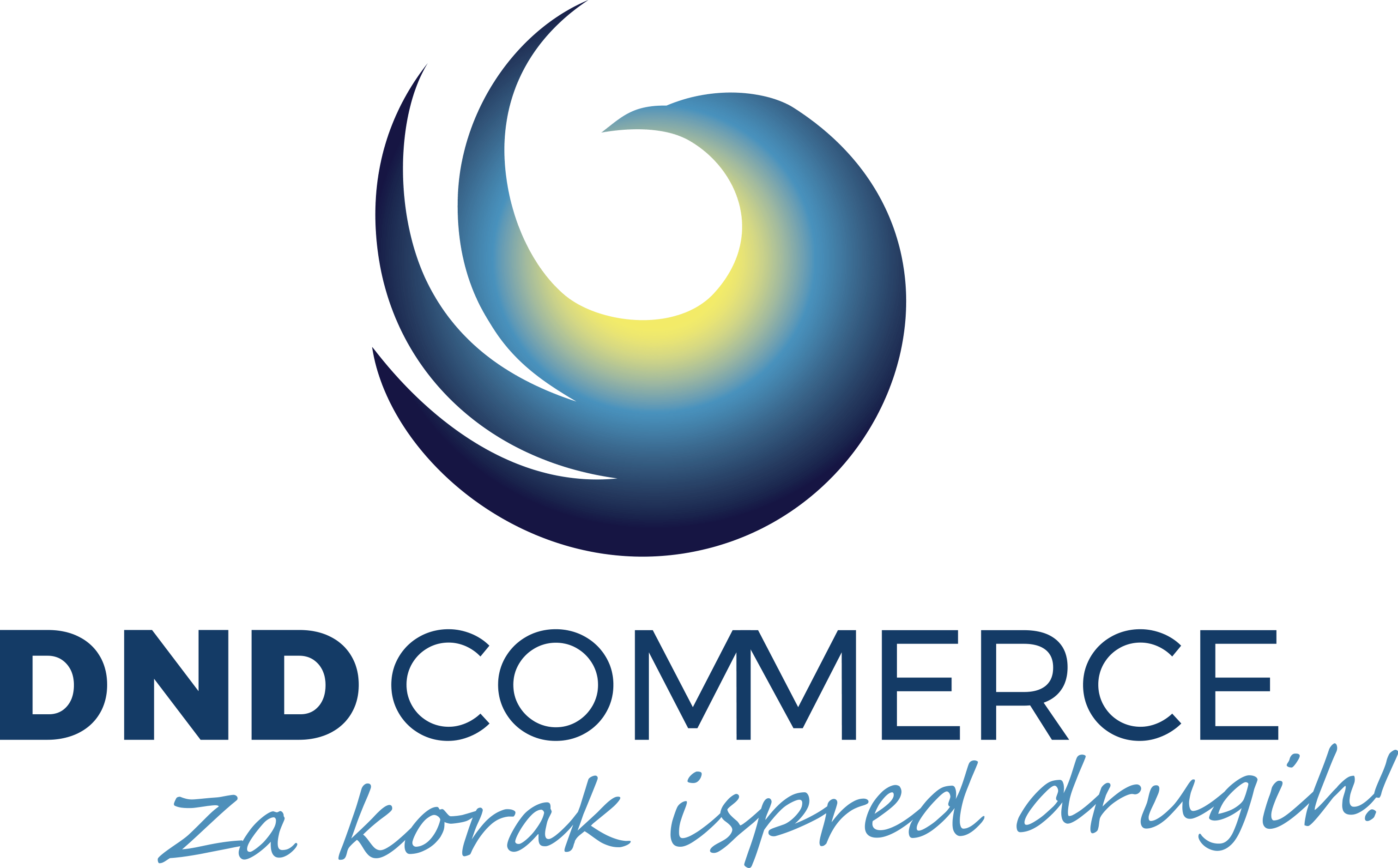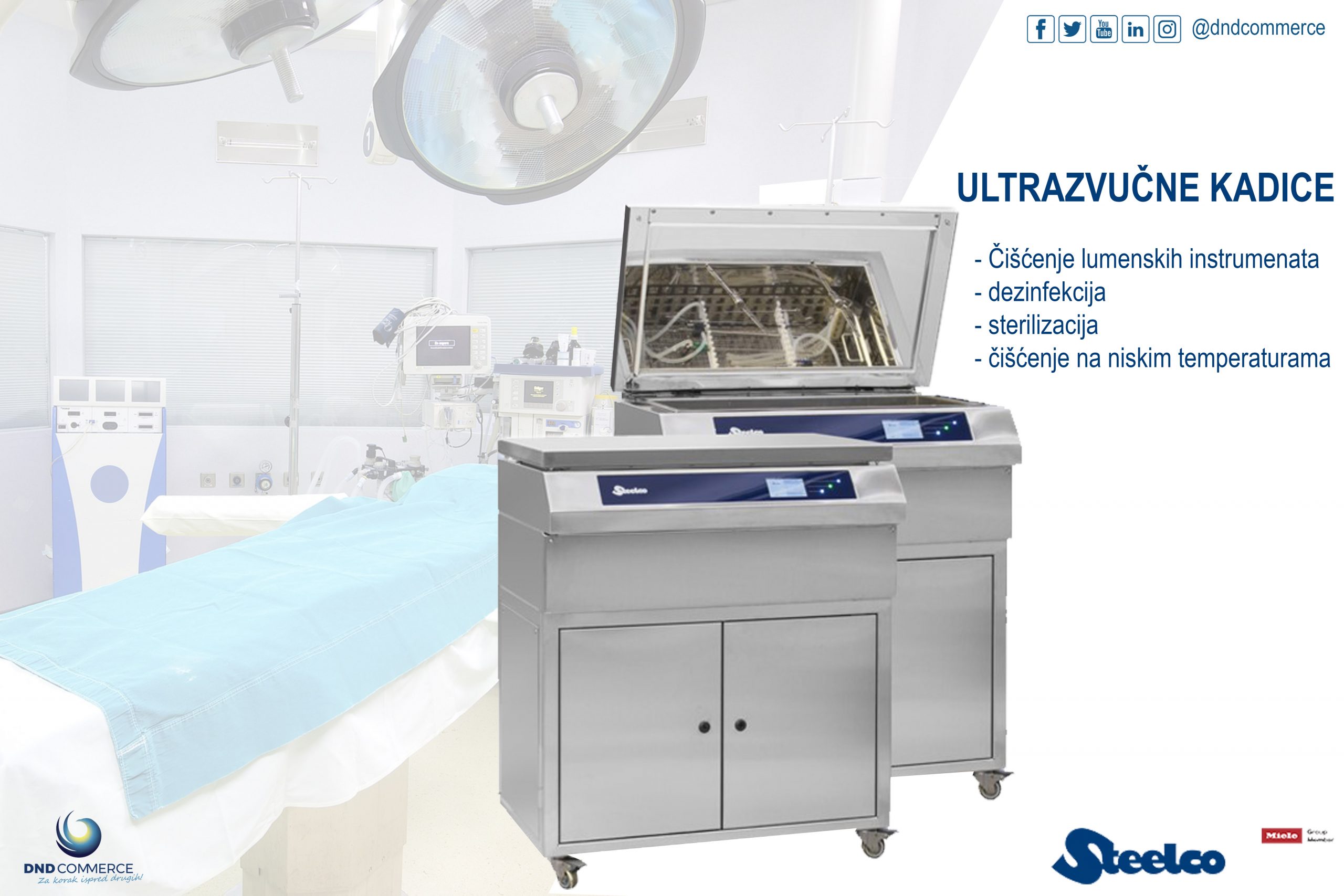Šta je ultrazvučno čišćenje?
Ultrazvučno čišćenje je metoda koja koristi energiju ultrazvuka i u kombinaciji sa određenim deterdžentom i sa procesom kavitacije dubinski prodire u pore predmeta, bilo kog sastava.
Emisija ultrazvučnih talasa kroz tečnost uzrokuje kavitaciju – stvaranje mikroskopskih mehurića u tečnosti. Kada ovi mehurići udare o površinu predmeta, implodiraju oslobađajući energiju koja odvaja nečistoće od površine predmeta. Mala količina mehurića omogućava im prodiranje u pukotine, rupe, pore, perforacije i uglove do kojih je teško doći ručnim čišćenjem.
Kavitacija uklanja ostatke poput prašine, prljavštine, ulja, pigmenta, rđe, masti, algi, gljivica, bakterija, kreča, čađi, voska i tako dalje. Materijali pogodni za čišćenje u ultrazvučnom čistaču su metal, plastika, staklo, keramika i guma.
Pored velikog značaja u centralnoj sterilizaciji tj kontaminiranoj zoni, UZ kade kompanije Steelco su lake za upotrebu.
Teško perivi instrumenti
Instrumenti koji su najzahtevniji za čišćenje su lumenski instrumenti. Zbog svojih šupljina i malo pristupačnih mesta teško je detaljno ga očistiti.
Ultrazvučne kadice
Pored velikog značaja u centralnoj sterilizaciji tj kontaminiranoj zoni, UZ kade kompanije Steelco su lake za upotrebu.
Ono po čemu se posebno ističe kompanija Steelco, kao i UZ kadice je baš po čišćenju lumenskih instrumenata. Kako ultrazvuk generiše naizmenične talase visokog i niskog pritiska koji proizvode sitne mehuriće i u kombinaciji sa vodom i deterdžentom odvaja nečistoće od površine predmeta i iz teško pristupačnih mesta. Time olakšava dalji proces sterilizacije i smanjuje mogućnost infekcija.
https://dndcommerce.rs/prodajni-program/aparati-za-sterilizaciju-i-pranje-instrumenata/
Ultrasonic Washers
What is ultrasound cleaning?
Ultrasonic cleaning is a method that uses ultrasonic energy which, in combination with a certain detergent and cavity process, penetrates deeply into the pores of objects of any composition.
The emission of ultrasonic waves through the liquid causes cavitation – the creation of microscopic bubbles in the liquid. When these bubbles hit the surface of an object, they implode releasing energy that separates dirt from the surface of the objects. The small size of the bubbles allows them to get inside cracks, holes, pores, perforations and corners that are difficult to reach by manual cleaning.
Cavitation removes residues such as dust, dirt, oil, pigment, rust, grease, algae, fungi, bacteria, lime, soot, wax and so on. Materials suitable for cleaning in the ultrasonic cleaner are metal, plastics, glass, ceramics and rubber.
In addition to their being of great importance in the central sterilization, i.e. the contaminated area, the ultrasound washers by Steelco are easy to use.
Instruments difficult to clean
The instruments that are most demanding to clean are lumen instruments. Due to its cavities and few accessible places, it is difficult to clean them thoroughly.
Ultrasonic washers
What makes Steelco stand out in particular, as well as the ultrasound washers, is the cleaning of the lumen instruments. As ultrasound generates alternating high and low pressure waves that produce small bubbles and in combination with water and detergent it separates impurities from the surface of the object and from hard-to-reach places. This is how the further sterilization process is facilitated and the possibility of infections reduced.

